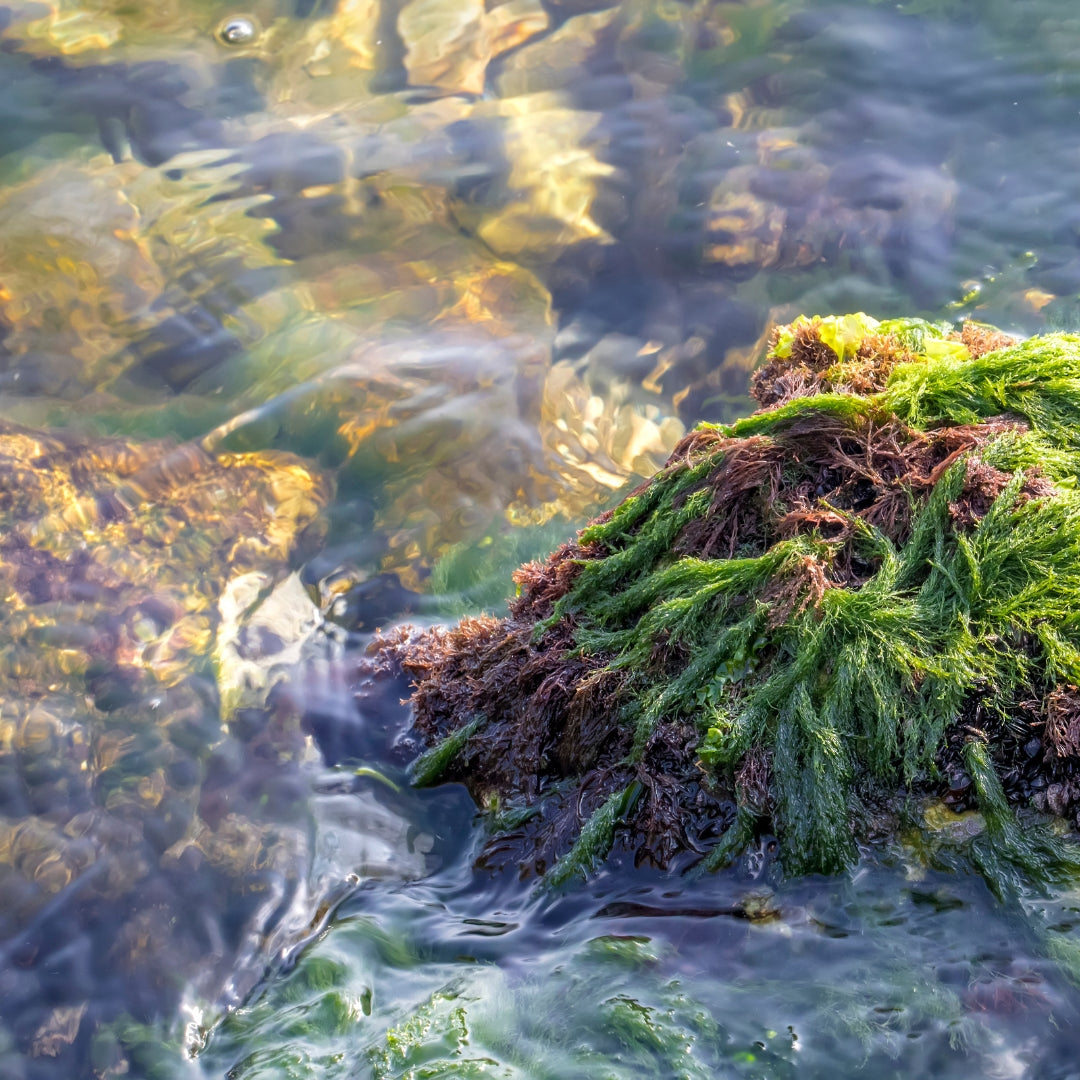Coastal seamoss aquaculture is a practice that involves cultivating this prized seaweed in its natural coastal habitat, often on rocky or hard surfaces. While traditional methods involve anchoring lines into the sand and using plastic bottles as floats to position the sea moss for optimal sun exposure, a growing number of seamoss farmers are transitioning to eco-friendly alternatives such as bamboo. In this blog post, we'll delve into the world of coastal seamoss aquaculture, exploring its sustainable cultivation methods and the unique challenges it presents.
Embracing Sustainable Practices:
Bamboo Floats Replace Plastic Bottles: In the spirit of environmental responsibility, many seamoss farmers are reevaluating their practices and moving away from the use of plastic bottles as floats. Instead, they are turning to sustainable alternatives like bamboo. This shift reduces plastic waste and aligns with the broader mission of minimising ecological harm.
Coastal Growth in Natural Environments: Coastal seamoss farms are strategically located along the shoreline, allowing the seaweed to flourish in its native environment. This proximity to the ocean means that seamoss is exposed to the ebb and flow of natural conditions. Factors like changes in water quality, temperature, and nutrient levels play a significant role in shaping the seamoss's growth, making it a true product of its environment.
The Harvesting Challenge:
When it's time for the seamoss to be harvested, this labour-intensive process typically involves manual techniques. Using sharp knives or scissors, harvesters carefully cut the seaweed close to its base. Coastal areas may pose unique challenges due to their rough terrain and powerful ocean currents. As a result, harvesting in coastal locations is just as demanding as traditional diving methods.
Coastal seamoss aquaculture offers a sustainable and environmentally conscious approach to cultivating this prized seaweed. With a growing emphasis on eco-friendly practices, the transition from plastic to bamboo floats is emblematic of the seamoss industry's commitment to sustainability. Moreover, the cultivation of seamoss in its natural coastal environment pays homage to the seaweed's origin, even as it adapts to the ever-changing ocean conditions. Harvesting seamoss by hand in such coastal areas is a testament to the dedication and effort required to ensure the seaweed reaches its full potential as a nutritious and sought-after resource. As we embrace eco-friendly solutions and nurture seamoss in its natural habitat, coastal aquaculture paves the way for a greener and more sustainable future.

